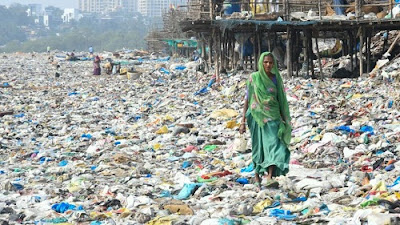More often than not in our daily lives we move from one decision to the next and we have to make at least one to two very important decisions at least on a weekly basis. Do we take these decisions with full knowledge or do we allow our biases to colour our decisions ? Do we care whether our decisions affect others negatively and if so do we reconsider such decisions ? A good decision should least negatively affect others. Herbert Simon and Henry Mintzberg are some of the classical theorists who have studied this field in depth.
The picture on the right gives the famous seven steps involved in making a high quality decision. Credit to umass.edu for the pic.
The seven major steps involved in any major and effective decision making are given below.
- Identify the decision
- Gather information
- Identify alternatives
- Weight the evidence
- Choose among alternatives
- Take action and
- Review the decision.
While going through a recent HBR document of April '21 (click here) on the myths that mar effective decision making by Cheryl Strauss Einhorn, I came across very similar thinking. Cheryll in the article mentions of the 1 myths that block effective decision making in our lives.
The most important among them I found were three in number,
- the feeling that one is very busy and do not have much time
- one knows enough to help take a good decision and
- one needs to take the decision alone and not to disturb other stakeholders.
I found that these three biases that mar my decision making at all times is very often wrong. Every decision can wait for some more time before one takes a final decision. Most of the time we have to take decisions that are based on partial information, we rarely get full info. Our experience and spatial intelligence to understand the situation with its emotions more often help us to take a good decision.
The author of the HBR article also mentions of taking some calculated pauses before any major decision to recollect the importance of it. Called Cheetah Pauses, these small time breakss help us to recollect the situation once again, evaluate the environment and data necessary to take the decision. The small time break puts things in perspective and gives one the confidence to take a good decision.
Bounded Rationality compels us to take decisions when we are in complex circumstances, hard pressed for time with incomplete information . Refer to the HBR artcile , A brief history of decision making, by Buchanan and Andrew O'Connel, Jan 06 (click here).
It is also a good point to crosscheck at the decision making point how the decision is going to affect oneself in the long term and whether it gels with his or her long term plans.
Eric Colson in HBR June '19 article, What AI driven decision-making looks like, (click here) brings in Artificial Intelligence that can aid humans to help make right decisions. As different from models that were based completely on human ingenuity to models that used Big Data to analyse data to a summarised form to help make decision making and finally to the modern day situation where Artificial Intelligence analyses Big Data to help make total machine based decisions without human intervention. If human intervention is needed, decision making models are available that subject the AI information output to human analysis to arrive at the final decision.
George..
















